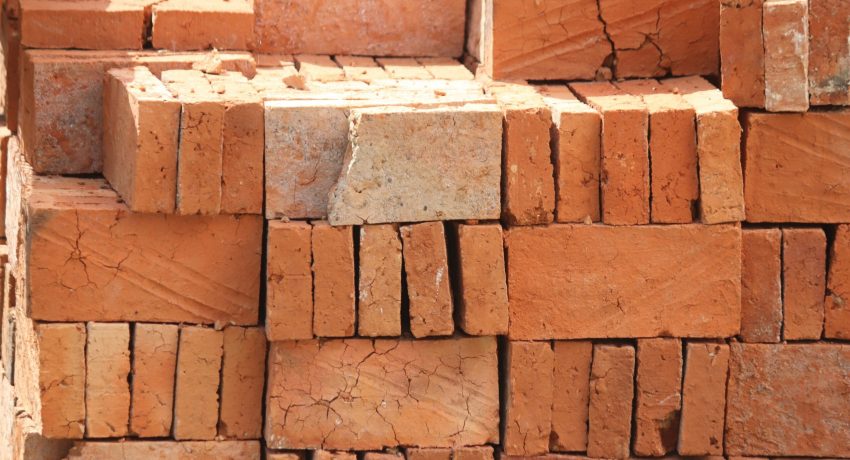The Benefits of Recycled Building Materials
Environmental Advantages of Recycled Building Materials
This section will explore the positive impact that using recycled building materials has on the environment, such as reducing landfill waste, conserving natural resources, and minimizing pollution.
Reducing Landfill Waste Through Recycled Building Materials
Utilizing recycled building materials significantly decreases the amount of waste sent to landfills. By repurposing materials such as metal, concrete, and glass, the construction industry can divert waste from already overburdened landfills, reducing the need for new landfill sites and ensuring a more sustainable management of resources.
Conserving Natural Resources with Recycled Materials
Recycling building materials helps in conserving natural resources by reducing the need for virgin materials. When materials such as wood, metal, and plastic are reused, it lessens the demand for fresh extraction from the environment, helping preserve ecosystems and biodiversity while promoting responsible resource management.
Minimizing Pollution by Using Recycled Building Materials
The production and disposal of traditional building materials can lead to considerable pollution. Recycled building materials can lower this impact by minimizing emissions associated with manufacturing and transportation processes. This reduction in pollution helps improve air quality and mitigates the effects of climate change, contributing to a healthier planet.
Economic Benefits of Using Recycled Building Materials
This section will discuss the cost-effectiveness of recycled building materials, including reduced construction costs, financial incentives, and potential increase in property value.
Cost Reduction with Recycled Building Materials
Incorporating recycled building materials into construction projects can lead to significant cost reductions. These materials are often less expensive than new, virgin materials, enabling construction companies to allocate their budget more effectively. By using recycled resources, builders can reduce material costs without compromising on quality or structural integrity, making it a financially viable option.
Financial Incentives for Using Recycled Materials
Opting for recycled building materials can provide access to various financial incentives, such as tax credits, grants, and subsidies. These incentives are often offered by government agencies and environmental organizations to encourage sustainable building practices. Taking advantage of these financial benefits can enhance the economic feasibility of construction projects, promoting wider adoption of green practices.
Enhancing Property Value with Recycled Building Materials
Properties utilizing recycled building materials can experience an increase in value due to their sustainable and eco-friendly appeal. Modern buyers are increasingly environmentally conscious and prefer homes and buildings with sustainable features. This growing demand for green buildings can lead to higher market values and faster sales, providing a competitive edge in real estate markets.
Innovative Uses of Recycled Building Materials
This section will highlight creative and modern applications of recycled building materials in construction projects, showcasing examples of how they can enhance design aesthetics, improve building performance, and contribute to sustainable architecture.
Enhancing Design Aesthetics with Recycled Building Materials
Recycled building materials offer a plethora of opportunities to enhance design aesthetics in modern construction. They allow architects and designers to create unique, innovative structures that stand out for their originality and eco-friendliness. From reclaimed wood to vintage bricks and industrial metal fittings, recycled materials provide a distinctive look and character that cannot be achieved with new materials, fostering creativity and innovation in architectural design.
Improving Building Performance through Recycled Materials
The use of recycled building materials can significantly enhance building performance. Materials such as recycled steel or concrete can provide robust structural integrity and excellent thermal properties, leading to energy-efficient buildings. By using materials that meet high performance and safety standards, builders can improve overall building function, reduce energy costs, and contribute to green building certifications.
Innovations in Sustainable Architecture using Recycled Building Materials
Incorporating recycled building materials into sustainable architecture has led to groundbreaking innovations. These materials play a critical role in creating structures that use less energy, reduce environmental impact, and offer long-term sustainability. Innovations include the use of recycled glass for insulation, tires for soundproofing, and plastic bottles converted into modular building blocks, paving the way for a new era of environmentally responsible construction.
Challenges and Solutions in Using Recycled Building Materials
This section will address the potential challenges encountered when incorporating recycled building materials in construction, such as quality concerns and supply issues, and will propose solutions to overcome these obstacles, ensuring successful application in projects.
Addressing Quality Concerns with Recycled Building Materials
Ensuring the quality of recycled building materials is crucial to maintain safety and performance in constructions. Rigorous testing and certification processes can help in identifying quality standards. With advancements in technology, methods such as enhanced sorting, improved refinement processes, and stricter quality controls can mitigate concerns, offering reliability comparable to new materials.
Overcoming Supply Chain Issues in Recycled Material Procurement
The supply chain for recycled building materials can face challenges relating to availability and consistency. To address these issues, establishing stronger networks between suppliers, recyclers, and manufacturers is essential. Implementing centralized distribution systems and promoting local recycling initiatives can enhance supply reliability and encourage broader utilization across the construction sector.
Implementing Procedures for Effective Use of Recycled Building Materials
To effectively integrate recycled building materials into construction projects, a set of procedures needs to be in place. Educating builders and architects through workshops and certification programs can promote best practices. Standardizing design guidelines that incorporate recycled materials and fostering collaboration among stakeholders can streamline implementation processes, ensuring successful use in various construction scenarios.
Conclusion: Embracing the Future with Recycled Building Materials
As demonstrated throughout this article, recycled building materials offer a multitude of benefits, from environmental and economic advantages to innovative design prospects. By reducing landfill waste, conserving natural resources, minimizing pollution, and offering cost-effective solutions, these materials address urgent ecological and financial demands. The creative applications and solutions to challenges further highlight their pivotal role in advancing sustainable architecture. Embracing recycled building materials is not just a responsible choice for the present but a necessary step towards a sustainable future in construction.






